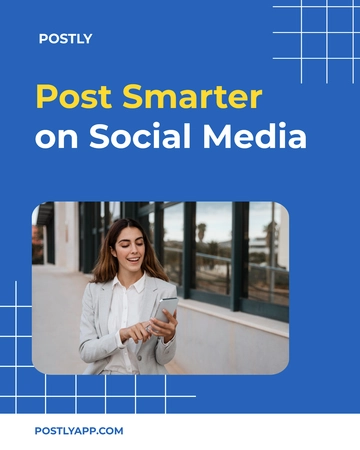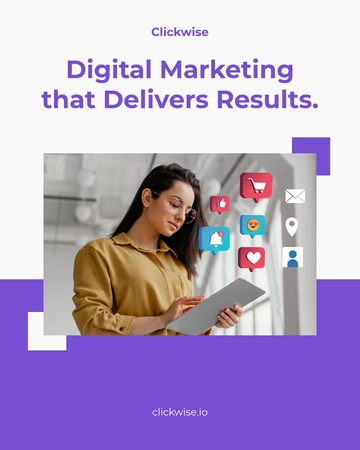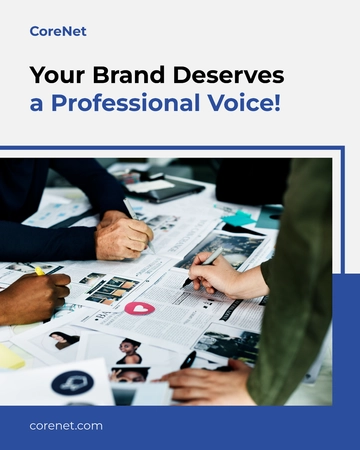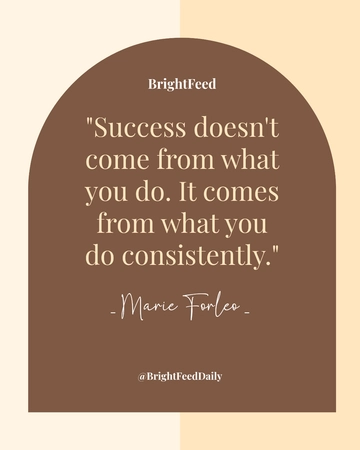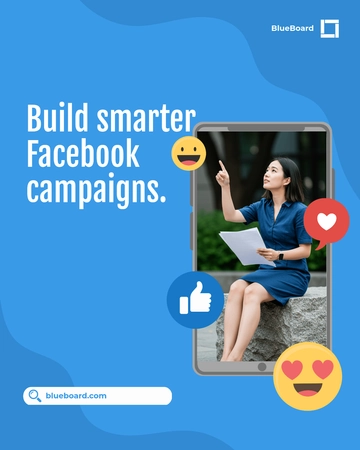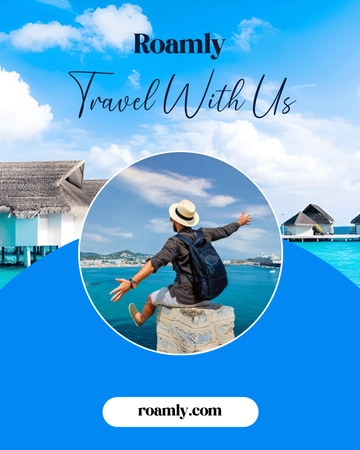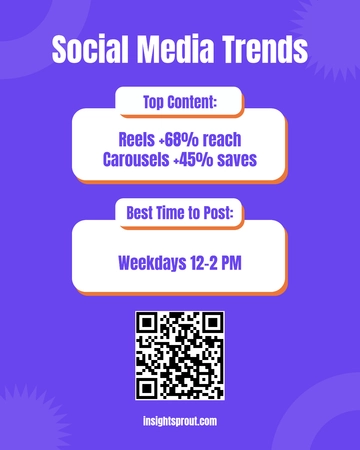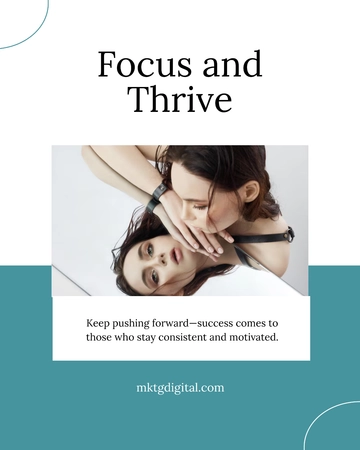Free Social Media Project Charter Advertising Document

1. Project Overview
Objective:
The primary goal of this project is to elevate [Your Company Name]' brand presence, engage the target audience, and drive meaningful interactions leading to increased lead generation and conversions. The project aims to capitalize on the potential of social media platforms to foster brand loyalty, expand the customer base, and amplify the company's market reach.
Rationale:
In a digital landscape where consumer behavior is heavily influenced by social media, [Your Company Name] recognizes the critical need to establish a robust and engaging presence across key platforms. The company seeks to position itself as an industry thought leader, providing valuable content and solutions while effectively communicating its unique value proposition to both existing and potential customers.
Challenges Addressed:
Limited brand visibility and engagement on social media platforms.
Underutilization of social media advertising potential for lead generation and conversions.
Lack of cohesive strategy to align social media efforts with overarching marketing goals.
Key Success Factors:
Consistent and compelling content that resonates with the target audience.
Precise audience targeting to maximize the impact of advertising efforts.
Continuous monitoring, analysis, and optimization based on performance metrics.
Collaborative efforts between marketing, sales, and product teams to align messaging and strategies across departments.
Expected Outcomes:
Through this campaign, [Your Company Name] anticipates achieving:
Increased brand awareness by leveraging engaging and shareable content.
Enhanced engagement metrics (likes, comments, shares) showcasing audience interaction and interest.
Measurable growth in website traffic attributed to social media channels.
A steady increase in qualified leads generated from social media advertising efforts.
2. Scope and Deliverables
The Scope and Deliverables section delineates the specific boundaries and outcomes of [Your Company Name] 's Social Media Advertising Campaign. It defines the range of activities, platforms, target audiences, and measurable achievements that constitute the project's parameters. This section serves as a guidepost, outlining what will be included in the campaign and what won't, ensuring a focused and efficient execution aligned with the project's overarching goals.
2.1 Scope of the project
2.1.1 Platform Selection and Strategy: Identification of key social media platforms (Facebook, Instagram, LinkedIn) based on audience demographics, behavior, and industry relevance. Crafting tailored strategies for each platform to optimize content reach and engagement.
2.1.2 Content Creation and Distribution: Development of compelling and diverse content formats including visuals, videos, infographics, articles, and sponsored posts. Content will align with the brand's voice, values, and messaging strategies while catering to the preferences of the targeted audience.
2.1.3 Audience Segmentation and Targeting: Precise segmentation of the audience based on demographics, interests, behaviors, and engagement patterns. Tailoring advertising campaigns to resonate with different audience segments, ensuring relevance and maximizing engagement.
2.2 Deliverables:
2.2.1 Engaging Ad Content: Creation and deployment of captivating and brand-aligned content tailored for each platform, including visuals, videos, written copy, and calls-to-action.
2.2.2 Targeted Advertising Campaigns: Implementation and management of targeted ad campaigns across selected social media platforms, with a focus on specific audience segments and strategic messaging.
2.2.3 Analytics and Insights Reports: Regular reports outlining campaign performance, key metrics, and actionable insights for ongoing optimization and decision-making.
3. Stakeholder Analysis
The Stakeholder Analysis section identifies and delineates the key individuals, teams, and external entities involved in [Your Company Name]' Social Media Advertising Campaign. It outlines their roles, responsibilities, and contributions to ensure effective collaboration, communication, and alignment throughout the project lifecycle. This section serves as a foundational reference for understanding the varied stakeholders and their involvement in driving the campaign's success.
3.1 Key Stakeholders
Name | Position | Details |
[Sarah Johnson (Marketing Director)] | [Project Sponsor] | [As the project sponsor, Sarah holds the primary responsibility for overseeing the campaign's alignment with broader marketing objectives. She provides strategic direction, ensures resource allocation, and approves major decisions throughout the campaign.] |
Advertising Team | |
Creative Designers | Responsible for crafting visually appealing and brand-consistent ad creatives for various platforms. |
Copywriters | Develop compelling and persuasive ad copy tailored to different audience segments and campaign objectives. |
Analytics Specialist | Manages data collection, analyzes campaign performance, and provides insights for optimization. |
4. Strategy and Tactics
The Strategy and Tactics section outlines the multifaceted approach [Your Company Name] will employ to execute its Social Media Advertising Campaign. It details the overarching strategies, specific tactics, and targeted methods tailored for each platform, aimed at maximizing engagement, conversions, and brand resonance. This section serves as a blueprint guiding the creation, deployment, and optimization of compelling ad content across diverse social media channels.
4.1 Content Strategy:
Crafting a diverse range of engaging content formats, including but not limited to:
Visuals: High-quality images, infographics, and eye-catching graphics showcasing product features and brand identity.
Videos: Short, impactful videos highlighting key benefits, customer testimonials, or behind-the-scenes glimpses.
Written Content: Compelling ad copy, blog posts, and articles addressing industry trends, tips, and solutions.
4.2 Platform-Specific Approach:
Tailoring strategies for different platforms to maximize their unique features and audience preferences:
Facebook: Emphasis on visual content, storytelling, and community engagement through groups and interactive posts.
Instagram: Visual-focused content with an emphasis on aesthetics, utilizing Stories, Reels, and carousel posts.
LinkedIn: Professionally oriented content targeting B2B audiences, showcasing thought leadership and industry expertise.
4.3 Audience Segmentation and Targeting:
Defining and segmenting the target audience based on demographics, interests, behaviors, and previous interactions.
Implementing custom audience targeting to ensure relevance and resonance with different audience segments.
4.4 Ad Formats and Placement:
Deploying various ad formats (carousel ads, video ads, sponsored content) optimized for each platform's best practices.
Strategic placement of ads to maximize visibility while maintaining a non-intrusive user experience.
4.5 Ad Scheduling and Frequency:
Determining optimal posting schedules and ad frequency based on audience behavior and platform insights to avoid ad fatigue.
5. Budget and Resources
The Budget and Resources section outlines the financial allocation and human resources required for the successful execution of [Your Company Name]' Social Media Advertising Campaign. It delineates the monetary investments, manpower, tools, and software necessary to implement the strategies and tactics defined earlier in the project. This section serves as a roadmap for resource allocation, ensuring efficient utilization and alignment with the campaign's objectives.
5.1 Budget Allocation
Ad Spend Breakdown | |
Platform Allocation | Allocate $4,000 monthly to Facebook advertising, $3,000 to Instagram, and $3,000 to LinkedIn based on historical performance and audience engagement metrics. |
Ad Format Distribution | Distribute the budget across various ad formats such as video ads, carousel ads, and sponsored content based on past performance and platform trends. |
Tools and Software | |
Analytics Tools | Invest in robust analytics platforms to track and analyze campaign performance across all platforms. |
Ad Creation Tools | Utilize design software and video editing tools to create high-quality ad content in-house or through external resources. |
5.2 Human Resource
Internal Team Allocation | |
Social Media Team | Allocate three full-time team members responsible for content creation, ad management, and community engagement. |
Creative Team | Engage two designers and one videographer on a contract basis to support content creation as needed. |
External Collaboration | |
Marketing Agency Support | Collaborate with an external marketing agency for specialized expertise in ad optimization, analytics interpretation, or strategic guidance as necessary. |
Freelancers or Contractors | Engage freelancers or contractors for specific tasks, such as content creation or ad design, to supplement internal efforts during peak campaign periods. |
6. Timeline and Milestone
The Timeline and Milestones section delineates the chronological roadmap and critical milestones for the execution of [Your Company Name]' Social Media Advertising Campaign. It outlines the phased approach, key project stages, and expected timelines for each phase, serving as a structured guide for project management, progress tracking, and ensuring timely completion of essential tasks.
Phase 1: Planning and Content Creation (Months 1-2) | |
Week 1-2: Campaign Strategy and Objective Setting |
|
Week 3-4: Audience Research and Segmentation |
|
Week 5-6: Content Creation and Design |
|
Milestone 1: Completion of Campaign Strategy and Content Calendar (End of Month 2)
Phase 2: Campaign Launch and Optimization (Months 3-5) | |
Week 1-2: Ad Campaign Setup |
|
Week 3-4: Monitoring and Optimization |
|
Week 5-6: Community Engagement and Interaction |
|
Milestone 2: Achievement of 30% Engagement Increase (End of Month 5)
7. Conclusion
This comprehensive Social Media Project Charter Advertising Document serves as a strategic blueprint for [Your Company Name]' journey toward enhancing brand visibility, engagement, and lead generation. It outlines clear objectives, delineates strategies and tactics across multiple platforms, and establishes a structured timeline with key milestones
Prepared By: [Your Name]
Date: [Date]
For further details, please contact [Your Email Address] or visit [Your Company Website].
- 100% Customizable, free editor
- Access 1 Million+ Templates, photo’s & graphics
- Download or share as a template
- Click and replace photos, graphics, text, backgrounds
- Resize, crop, AI write & more
- Access advanced editor
Discover Template.net's Social Media Project Charter Advertising Document Template, a versatile tool for planning and executing advertising campaigns. Effortlessly customize and edit charters with our AI Editor Tool to align with your project's objectives. Enhance campaign effectiveness with this editable and customizable solution, streamlining your social media advertising strategies.
You may also like
- Instagram Ad
- Instagram Banner
- Instagram Frame
- Instagram Post
- Instagram Profile Picture
- Instagram Story
- Instagram Story Highlights
- Twitter Ad
- Twitter Header
- Twitter Post
- LinkedIn Photo
- Linkedin Post
- YouTube
- Youtube Ad
- Youtube Banner
- YouTube Channel Art
- YouTube End Screen
- Youtube Profile Photo
- YouTube Thumbnail
- Facebook Ad
- Facebook Cover
- Facebook Post
- Facebook Profile Frame
- Facebook Profile Photo
- Twitch Offline Banner
- Linkedin Banner
- Twitch Overlay
- Whatsapp Status
- Reddit Banner
- Social Media Banner
- Social Media Clipart
- Social Media Plan
- Social Media Contract
- Social Media Planner
- Social Media Report
- Social Media Agreement
- Social Media Business Card
- Social Media Proposal
- Social Media Presentation
